When it comes to choosing fine jewelry — especially engagement rings and wedding bands — white gold vs platinum are two of the most popular precious metals. They look remarkably similar at first glance: both have that elegant silvery-white shine that complements diamonds and gemstones beautifully. But beneath the surface, these two metals are very different — and choosing between them is about more than just looks.
In this guide, we’ll break down the key differences between platinum and white gold so you can make an informed, confident choice for your next piece of fine jewelry.
What Is White Gold?
White gold isn’t a naturally occurring metal — it’s an alloy. Jewelers make white gold by mixing pure yellow gold with other white metals like nickel, palladium, or silver. This blend lightens the gold’s natural yellow hue, giving it a silvery appearance.
To achieve that signature bright white luster, white gold jewelry is usually plated with rhodium, a rare and highly reflective metal that enhances shine and adds extra protection. Over time, this rhodium layer can wear off, so many pieces need re-plating every few years to maintain their original brilliance.
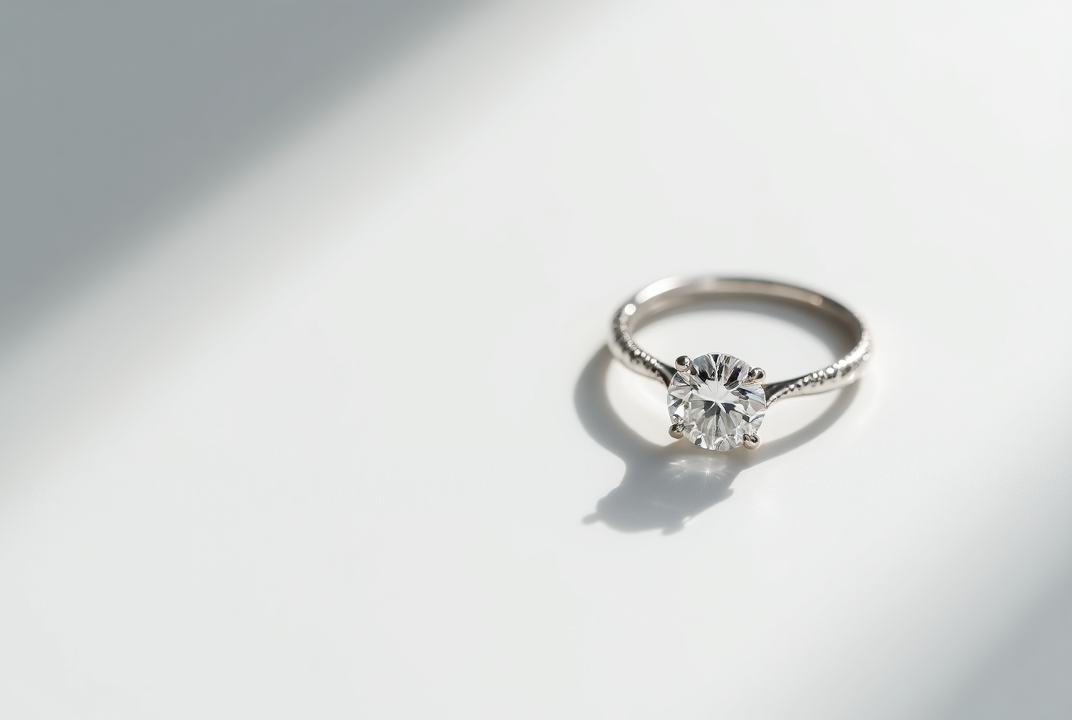
What Is Platinum?
Platinum, on the other hand, is a naturally white precious metal. It’s rarer than gold and heavier, with a naturally silvery sheen that doesn’t fade or require plating. Platinum used in fine jewelry is typically 95% pure, making it hypoallergenic and ideal for people with sensitive skin.
Because of its strength and density, platinum is known for securely holding gemstones in place — one reason why many people choose it for engagement rings.
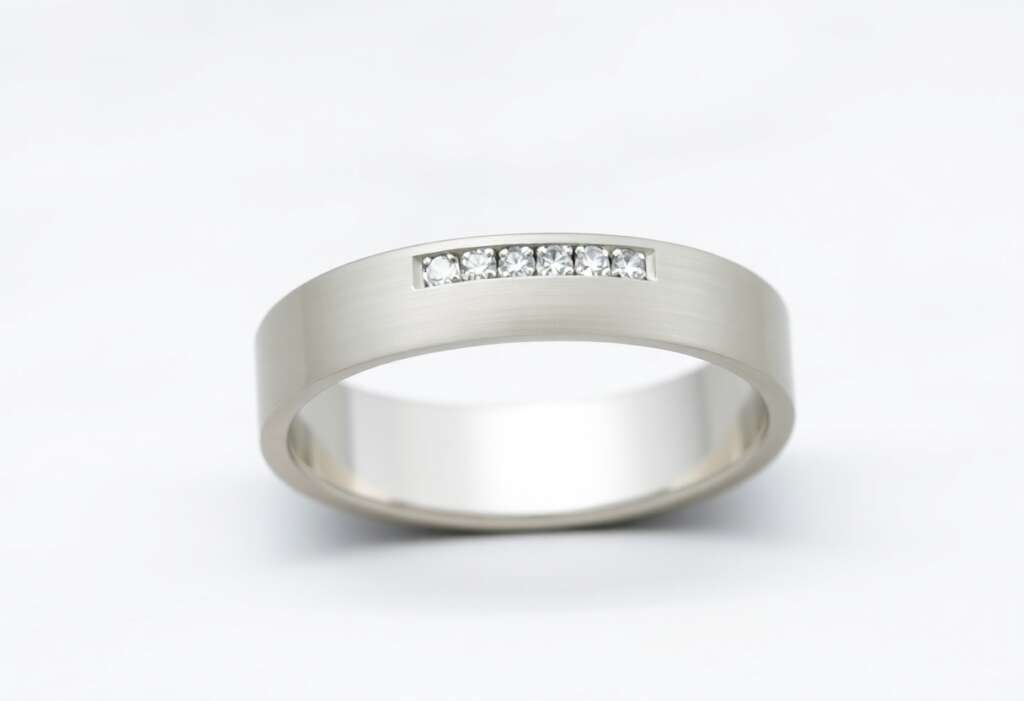
White Gold vs Platinum Appearance: Side-by-Side
To the naked eye, platinum and white gold can look nearly identical — at least when new. Platinum’s white hue is naturally bright and slightly more grayish than freshly plated white gold. However, over time, the differences become clearer:
- White Gold: The rhodium plating gives white gold its bright white color. As the plating wears off, the underlying alloy (which may have a slightly yellow tint) can show through, making the jewelry appear duller or slightly warm-toned until it’s re-plated.
- Platinum: Platinum develops a natural patina over time — a subtle, satiny finish that many people love for its vintage look. If you prefer a constant high polish, platinum can be re-polished by a jeweler.
Durability & Wear
Both metals are durable enough for daily wear, but they behave differently over time:
- White Gold: More scratch-resistant than platinum in everyday wear because of its harder surface (thanks to the alloy and rhodium plating). However, deeper scratches can expose the yellowish base metal, and re-plating may be needed every 1–3 years.
- Platinum: Softer than white gold in terms of surface hardness, so it can scratch more easily. But platinum doesn’t lose metal when scratched — it just displaces it, forming a patina instead of wearing away. This means platinum prongs hold stones more securely over decades.
Hypoallergenic Properties
If you have sensitive skin, platinum is usually the safer bet. It’s naturally hypoallergenic because it’s nearly pure.
White gold can cause skin irritation in some people, especially if nickel is used in the alloy mix. If you’re concerned, ask your jeweler about nickel-free white gold options.
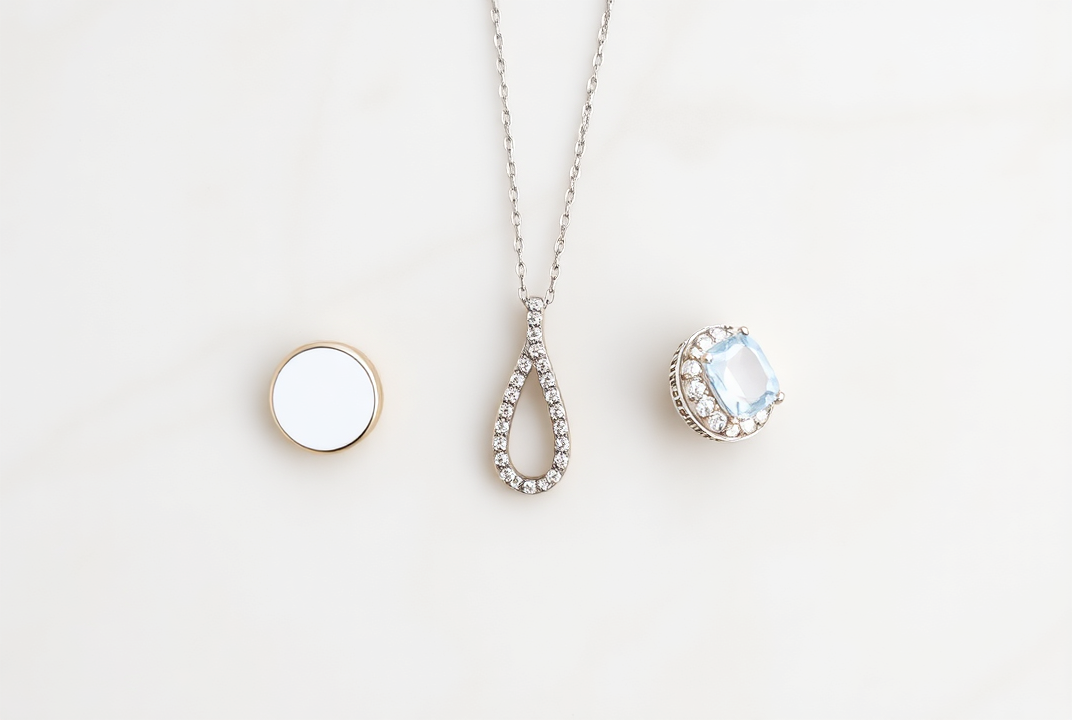
Cost: White Gold vs Platinum
This is one of the biggest factors for many couples. Platinum is more expensive than white gold — sometimes 40–60% more, depending on market prices and the design.
Why?
- Platinum is rarer and denser than gold, so more metal is needed to make the same ring.
- It’s harder to work with, requiring skilled craftsmanship.
- Its purity (90–95%) means you’re getting more precious metal in the piece.
White gold offers a more budget-friendly option with a similar look, which is why it’s so popular for right hand rings, engagement rings and wedding bands.
Maintenance & Care
Both metals need occasional care:
White Gold: Needs rhodium re-plating every few years to keep its shine. Clean it with mild soap and water and avoid harsh chemicals.
Platinum: Doesn’t require plating, but you may want to polish it if you prefer a shiny finish instead of a patina. Cleaning is simple — gentle soap, warm water, and a soft brush will do the trick.
Environmental & Ethical Considerations
Both platinum and gold mining have environmental impacts. If sustainability matters to you, ask your jeweler about recycled metals, lab-grown diamonds, or ethically sourced options to reduce your carbon footprint.
So, Which Should You Choose?
Here’s a quick cheat sheet:
Choose White Gold if you want:
- A bright white shine at a lower cost.
- A lighter ring.
- A metal that’s easy to match with other jewelry.
Choose Platinum if you want:
- A naturally white metal that doesn’t fade.
- Extra durability for securing gemstones.
- Hypoallergenic purity for sensitive skin.
- A luxurious weight and premium feel.
Final Thoughts
Both white gold and platinum make stunning settings for diamond rings, necklaces and pendant, earrings, and bracelets. The best choice depends on your budget, lifestyle, and how much maintenance you’re willing to do over time.
When in doubt, visit a trusted jeweler and compare pieces side by side. Feel the weight, look at the shine, and ask questions — the right metal is the one that feels perfect for you and your story.


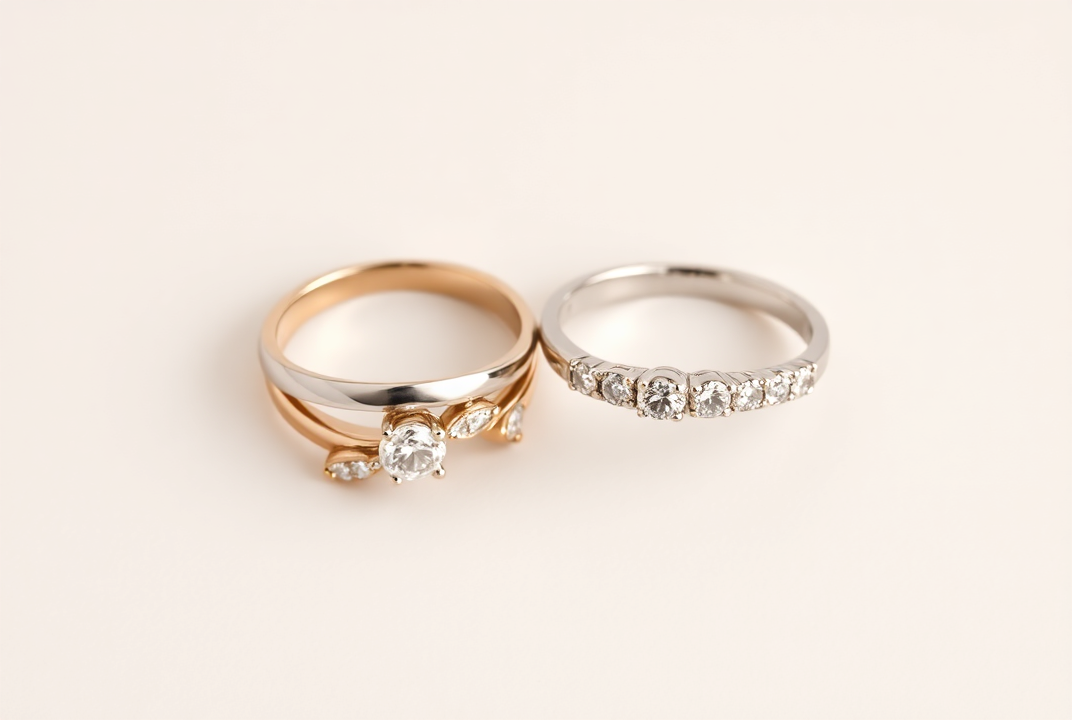
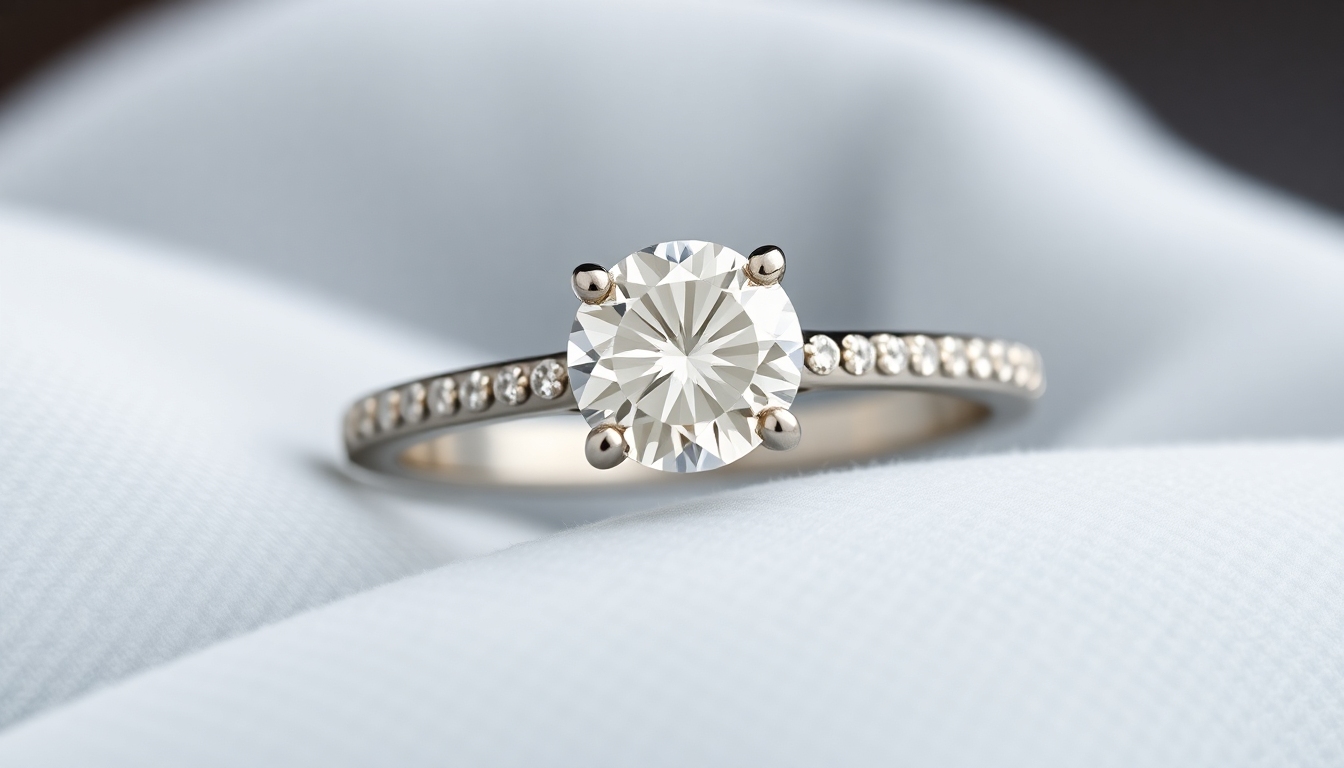
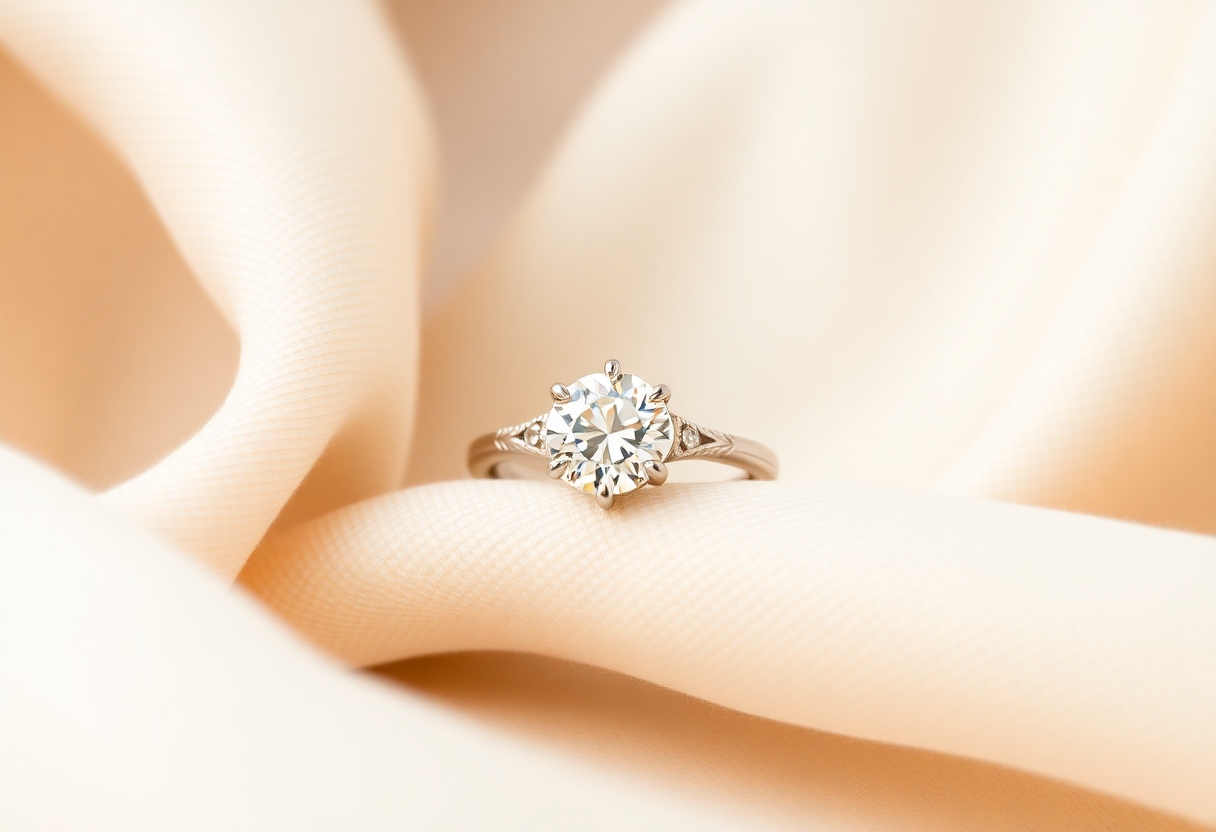
Leave a Comment